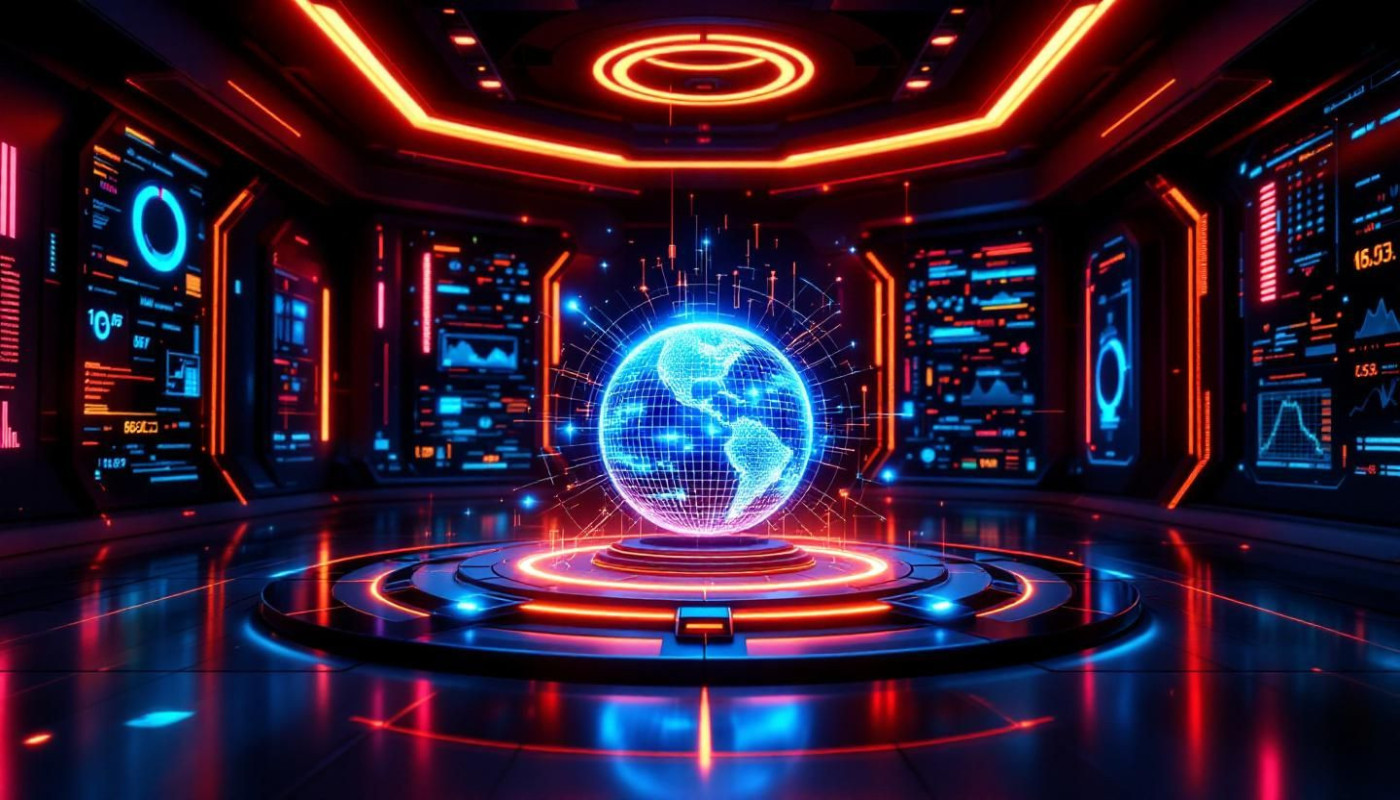Table of contents
In today’s evolving workforce, the presence of multiple generations in the workplace has become increasingly common. The blend of experience and fresh perspectives can be a powerful driver for innovation and growth, yet it often comes with the challenge of intergenerational communication. From the seasoned Baby Boomers to the tech-savvy Generation Z, understanding how to bridge the communication gap between these diverse cohorts is key to fostering a collaborative and productive work environment. This blog post will explore strategies to navigate this complex landscape and uncover the benefits that effective intergenerational communication can bring to organizations.
Understanding Generational Differences
Today's workforce is a rich tapestry of generational diversity, with Baby Boomers, Generation X, Millennials, and Generation Z all sharing office space and virtual platforms. Each group brings to the table a unique set of communication styles shaped by the cultural and technological landscapes of their formative years. Baby Boomers often prefer direct communication and may value face-to-face interactions, while Gen Xers, bridging the gap between the old and new schools of thought, are comfortable with both personal meetings and digital communications. Millennials, having come of age during the rise of the internet, often seek immediate and flexible communication mediums like instant messaging. The youngest, Gen Z, are true digital natives, even more inclined towards innovative tech-driven channels of communication.
Workforce collaboration is greatly enhanced when these varied communication preferences are acknowledged and accommodated. Involving a Human Resources Director or an Organizational Psychologist can offer valuable insights into fostering intergenerational understanding. They can guide strategies that leverage cognitive diversity to improve team dynamics and productivity. Mutual respect is a foundational element in this process. By recognizing and respecting the distinct communication styles of each generation, organizations can create a harmonious workplace where knowledge and ideas flow freely, and all voices are heard. Embracing generational differences is not just beneficial; it is necessary for the growth and adaptability of any modern enterprise.
Adjusting Communication Techniques
In today's diverse workplace environment, adaptive communication is paramount in fostering cross-generational dialogue. With multiple generations working side by side, it's imperative to recognize that each group has its own distinct communication preferences and nuances. A Communication Specialist or Corporate Trainer is well-suited to navigate these complexities by identifying and implementing the most effective messaging strategies. To bridge the communication gap, one might consider the communication modality that resonates with each demographic. For instance, while baby boomers might prefer detailed emails or face-to-face meetings, millennials and Gen Z employees might be more responsive to instant messaging platforms or social media interactions.
Choosing the right communication medium is not just about preference but also about the context and content of the message being delivered. Workplace technology can be a powerful enabler if used judiciously; video conferencing tools can simulate the in-person experience for remote workers, and collaborative software can unite teams across geographical divides. In adapting communication styles and tools, it becomes possible to create a cohesive and productive atmosphere that leverages the strengths and preferences of all generations in the workforce.
Encouraging Inclusive Dialogue
In the landscape of the modern workplace, inclusive communication serves as the bedrock for a harmonious and productive environment. By actively cultivating open dialogue across different age groups, organizations can harness a wealth of perspectives that enrich decision-making processes and innovation efforts. Inclusive discourse, a term used to describe communication practices that acknowledge and value the contributions of all team members, regardless of age, is instrumental in fostering a collaborative environment. When employees of varying generations feel their voices are heard and respected, this not only bolsters employee engagement but also bridges generational gaps, leading to a more harmonious workplace. Furthermore, age diversity within teams can be a significant asset, as it brings together a blend of experiences and insights that can propel a company forward. As such, roles like a Diversity and Inclusion Officer or a Team Development Leader are key in guiding organizations towards more effective and empathetic communication strategies, ensuring that every employee, from the seasoned professional to the fresh graduate, feels integral to the collective success of the company.
Leveraging Intergenerational Strengths
In today's diverse workplace, recognizing and utilizing the unique competencies of each generation is pivotal for achieving organizational success. By leveraging strengths across different age groups, companies can foster an environment of intergenerational synergy that propels innovation and efficiency. An experienced workforce brings a wealth of knowledge, showcasing profound proficiency in industry best practices and complex problem-solving. On the other hand, younger employees often exhibit technological fluency, seamlessly integrating the latest digital tools into business strategies. The collaboration of these distinct skill sets within cross-functional teams can result in a dynamic work culture where wisdom is shared and novel ideas are cultivated. A Senior Executive or a Human Capital Strategist would affirm that the strategic alignment of these generational talents not only enhances productivity but also serves as a competitive advantage in the marketplace. By consciously leveraging strengths from each demographic, organizations pave the way for sustainable growth and continued triumph in their respective sectors.
Implementing Continuous Learning
The integration of continuous learning into the fabric of a company's culture is pivotal in bridging the communication gap between generations. By championing lifelong education, businesses can foster an environment where knowledge sharing becomes the norm, rather than the exception. This openness to learning not only enhances individual skill sets but also serves to unite employees under a common goal of professional betterment. In the realm of intergenerational dialogue, professional upskilling plays a decisive role, as it allows each member of the workforce, irrespective of age, to stay abreast of current industry standards and technological advancements.
To facilitate this, organizations can introduce a variety of upskilling opportunities tailored to different learning styles and generational needs. Interactive workshops, mentorship programs, and e-learning modules are just a few examples of initiatives that can support ongoing professional development. Moreover, by empowering a Chief Learning Officer or Head of Employee Development to oversee these educational strategies, companies ensure that the learning agenda stays aligned with organizational objectives while addressing the diverse educational needs of their workforce. This strategic role involves not only the implementation but also the assessment of learning outcomes to continuously improve and adapt the educational offerings for maximum impact.
Similar articles






